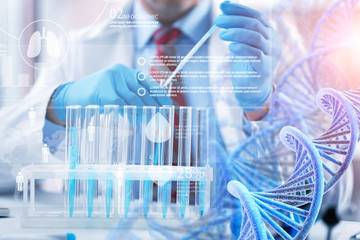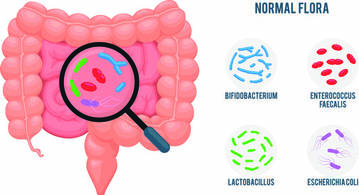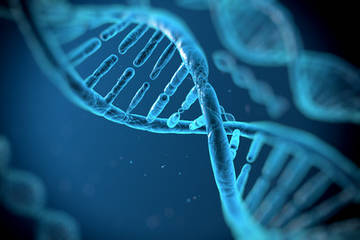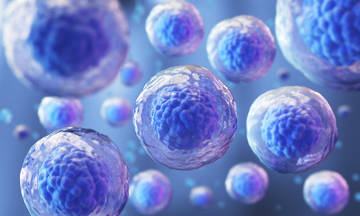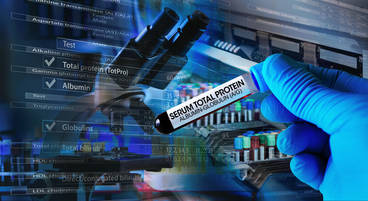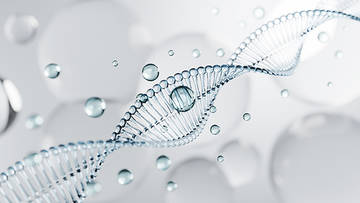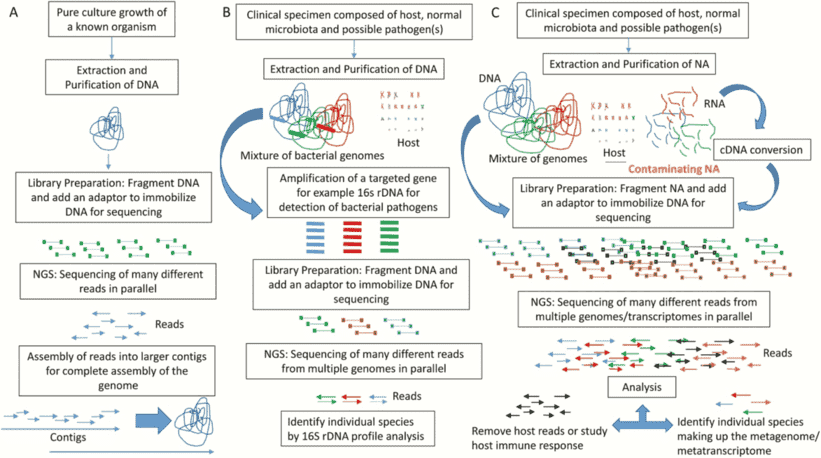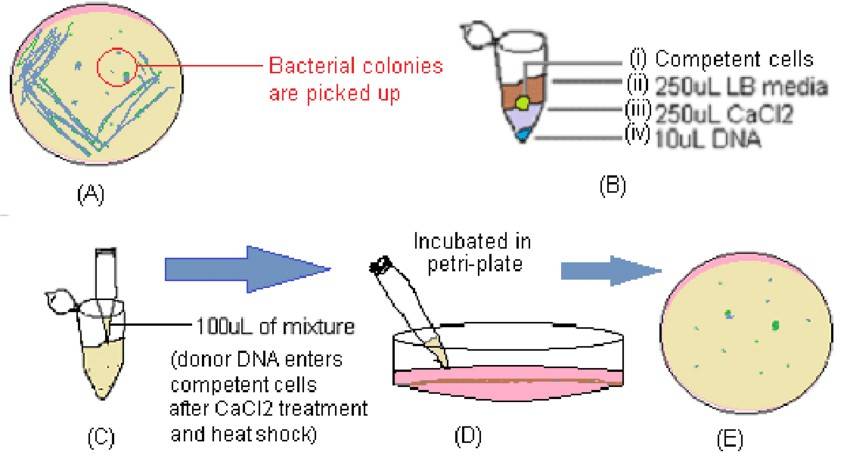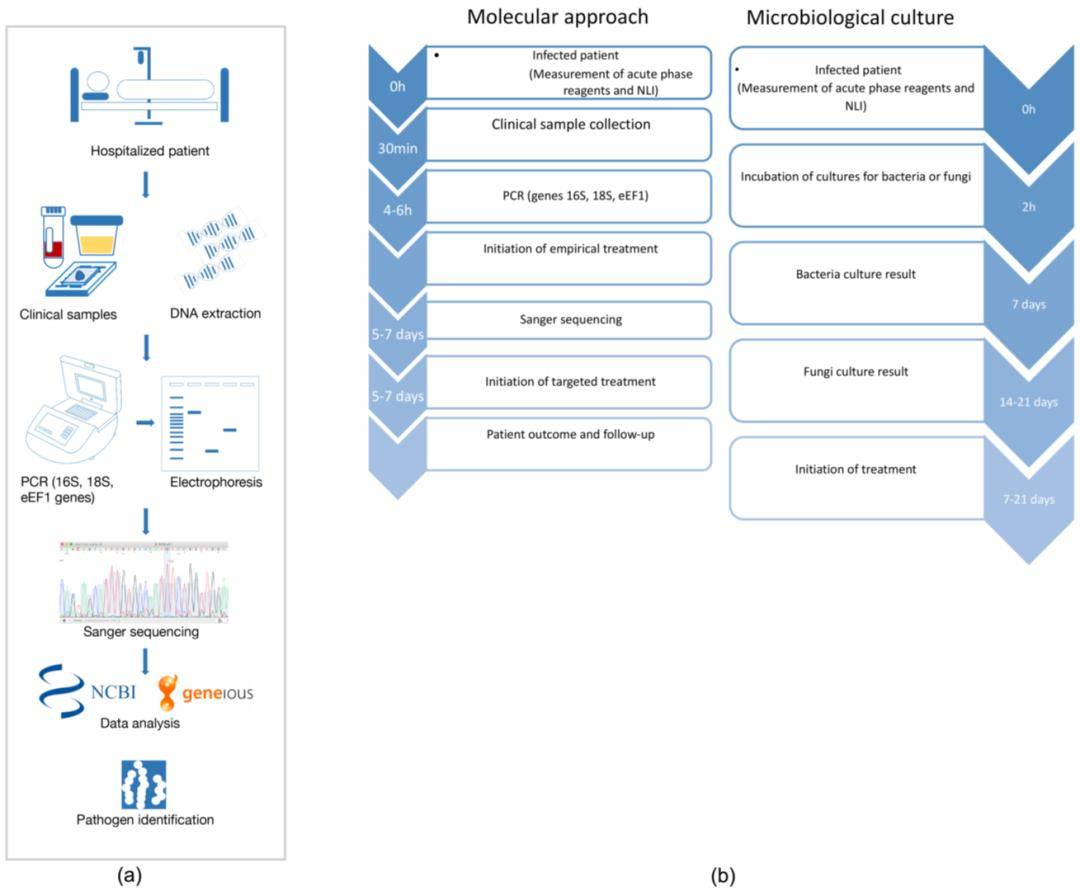Like eukaryotes, prokaryotes are organisms that also have genetic information in the form of deoxyribonucleic acid (DNA). However, unlike eukaryotes, the genetic make-up of prokaryotes is not contained in a membrane-bound organelle nucleus, but rather in a region of the cell which is called the nucleoid. Aside from this, another DNA-containing structure can be seen inside the prokaryotes. This is in the form of looped chromosomes called plasmids.
Prokaryotic organisms include bacteria and cyanobacteria. Deemed as probably the smallest living organisms, prokaryotes vary in size from 0.15 um like Mycoplasma spp. to 2.0 um as in other bacteria. With varying sizes, bacteria also have different shapes. Some are spherically called cocci like Staphylococcus spp. while some may occur in rods called bacilli as in Bacillus anthracis, the causative agent of anthrax. Other bacteria occur as vibrio or comma-shaped, spirochete or wavy-shaped, or spirillum that is corkscrew-shaped. In a more complex aspect, some prokaryotes like the rickettsial group are said to be pleomorphic–that is being able to change shape and size.
The outer component of a bacterium is made up of cell wall and cell membrane. All bacteria except Mycoplasma spp. have a cell wall that gives shape to the bacteria and serves as a disease-causing component for other species. The major component of the cell wall is peptidoglycan, a relatively large polymer consisting of N-acetyl glucosamine and N-acetyl muramic acid. Bacteria that have a thicker layer of peptidoglycan are the Gram-positive bacteria since they are able to retain the crystal violet component of a Gram stain. On the other hand, Gram-negative bacteria that have a thinner layer of peptidoglycan are not able to retain the crystal violet.
As Gram-negative bacteria lack in one aspect, they have an outer membrane that is absent in Gram-positive bacteria. This layer contains the lipopolysaccharide which is an important disease-causing component of Gram-negative bacteria called endotoxins. This outer layer is separated from the cell wall by the periplasmic space which contains a substance known as periplasm.
Inside the prokaryotic cell, the cytoplasm contains free ribosomes and granules that are used by the organism for cellular processes. These ribosomes are responsible for protein synthesis of the bacteria that is essential for its capability of living. In pharmacology, some antibiotics affect the subunits of ribosomes to inhibit the protein synthesis of the bacteria.
Many prokaryotic cells have external cellular structures to assist their functions. Among these are the flagella which are used by the bacteria for motility. A bacterium may contain only one flagellum making it a monotrichous bacterium. A bacterium that has flagella at opposite ends of the cell is called an amphitrichous bacterium. Lophotrichous bacteria are those with two or more flagella located at one end of the cell, while peritrichous bacteria contain flagella that are surrounding the whole cell.
Bacteria can undergo different reproduction processes. One notable process is endospore formation. This can be seen in the genera Bacillus and Clostridium. Endospores are highly resistant structures that are formed during the normal life cycle of these bacteria when they are subjected to a harsh environment. Hence, their main function is for survival.
Several prokaryotic microbes are considered as disease-causing microorganisms in humans, as well as in plants and animals. Modern molecular biology techniques such as metagenomic sequencing and targeted next-generation sequencing are employed to identify these prokaryotic microorganisms and to allow the development of diagnosis models and medicines in treating the disease caused by these microbes.
Reference
- Quinn, P., Markey, B., Leonard, F., et al. 2011. Veterinary Microbiology and Microbial Disease. Hoboken, NJ: Wiley-Blackwell.


